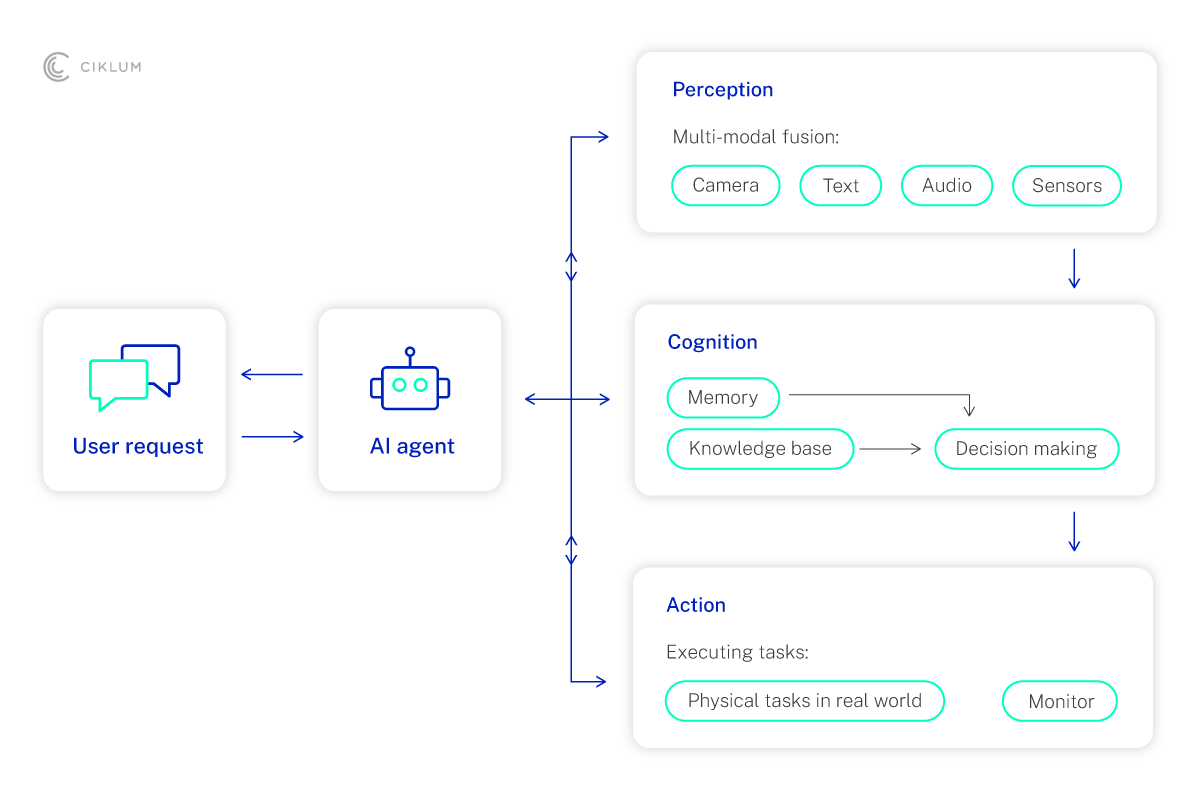Key takeaways:
- Hyper-personalization remains relatively unexplored by travel and hospitality firms
- Utilizing customer data can deliver new levels of service and experience
- Integration of data, AI, analytics and automation is essential for success
- Investment, assessment and expertise can help firms stand out in a competitive sector
Enhancing Travel Experiences: The Role of Hyper-Personalization in Hospitality
In practically every walk of life, consumers are increasingly expecting greater levels of personalization. Taken to its greatest extent, hyper-personalization is helping brands target customers on an individual level, to encourage loyalty and specific actions during the sales journey and beyond.
In the travel and hospitality industry, the potential of hyper-personalization has been widely recognized, but remains relatively unfulfilled compared to other consumer-facing industries. This blog explores how personalized marketing in hospitality can work in practice, and just how beneficial it can be in a competitive landscape.
What is Hyper-Personalization?
Hyper-personalization refers to the creation of the most customized, targeted, data-driven guest experiences, aimed at engaging individual users and consumers. It’s achieved through the combination of data, automation, analytical tools and automation, and the integrated use of these delivers the best results. Whereas standard personalization creates experiences based on previous customer interactions and data, hyper-personalization leverages real-time data to shape experiences as the customer interacts.
Benefits of Hyper-Personalization
Before even considering hyper-personalization, businesses in the travel and hospitality sector are lagging behind with even standard personalization practices. According to Forrester, less than 40% of consumers rate companies in the sector highly for personalization.
This means moving towards hyper-personalization can deliver huge steps forward in a range of different areas, such as:
- Improved customer satisfaction: when guests and travelers receive hyper-personalized services – from preferred dining choices to their ideal room option – they feel highly valued and respected by the brand. This level of satisfaction encourages repeat custom, and supports a higher Net Promoter Score.
- Stronger trust: brands that demonstrate a clear understanding of an individual’s preferences – and responsible use of personal data – will be more trusted in the long-term. This not only inspires loyalty, but also advocacy in customers that will share positive experiences with friends, family and co-workers.
- Competitive advantage: standing out as a business that values its customers highly can be a key differentiator in the highly competitive travel and hospitality sector. Customers will always be more likely to book with a business that they know puts their expectations first.
- Healthier revenue opportunities: building deeper connections with customers opens greater opportunities for targeted promotions, upselling and cross-selling, all of which can make a real difference to profitability. Maximizing the efficiency of marketing efforts can also help reduce costs without compromising results.

When these benefits are realized, the importance of hyper-personalization can then be felt throughout the business as a whole, and enable:
- Data-driven decision-making: the analytics and data involved in hyper-personalization can help foster a culture of data-driven decision-making, where guesswork is removed and businesses can work towards the future with confidence. That’s why, over 90% of businesses are already pursuing data initiatives.
- Customizable payment solutions: having the capability to analyze spending patterns, transaction records and wider behavioral data allows payment solutions to be customized. Not only does this give customers flexibility, but it also maximizes the likelihood of bills being paid in a timely manner, which supports smoother cash flow. This is vital at a time when, according to McKinsey, more than 60% of American consumers are using at least two forms of digital payment.
- Frictionless travel experiences: The Hilton Trends Report found that 56% of travelers search for options that will make their travel experiences easier. This can be supported by AI-powered personalized travel agents that can help craft trips and itineraries that perfectly suit customer preferences. By providing such seamless and tailored experiences, hotels can significantly increase their net promoter scores, as satisfied customers are more likely to recommend the brand to others.
Explore our blog post on: The importance of hyper-personalized user experience in eCommerce
Implementing Hyper-Personalization Tactics in Travel and Hospitality
There is so much that travel and hospitality firms can do with hyper-personalization, in no small part because of the huge volumes of data at their disposal. In many cases, it’s a lack of up-to-date and integrated solutions that have held them back, but with the right technology, areas that can be transformed include:
 Personalized pricing and offers:
Personalized pricing and offers:
Examples include United Airlines, who use machine learning to create personalized offers for seat upgrades, priority boarding and other services; and Hyatt Hotels, who boosted revenue by $40 million in six months by matching hotel suggestions and service offers to guest preferences and behavior.
 Pre-arrival surveys
Pre-arrival surveys
Encouraging hotel guests to complete a survey before they arrive provides vital information on their preferences. This allows staff to make hyper-personalized preparations to the customer’s liking, such as room type, room temperature and even the firmness of the pillows.
 Customized guest services and amenities
Customized guest services and amenities
The first two points can come together enabling hotels to provide hyper-personalization, such as for services and amenities during a guest’s stay that they are most likely to be interested in.
 AI-based Virtual Concierge
AI-based Virtual Concierge
Applications on hardware within rooms or on guests’ mobile devices can connect them to personalized recommendations across dining, attractions, activities and other services. Furthermore, it delivers a high quality service far cheaper and at a far greater scale than a human concierge could manage.
 Geotargeted notifications
Geotargeted notifications
Personalized notifications and information can be sent to guests’ mobile devices when they approach the hotel or other points of interest, including relevant discounts and offers.
 Surveys and feedback loops
Surveys and feedback loops
Obtaining feedback and data from customers after their stay or trip serves two purposes – understanding the success of current hyper-personalization measures, and gaining insight on individual preferences that can be used the next time the customer books.
 Disruption management
Disruption management
Using intuitive insights and real-time data streams to flag up problems as early as possible, and take decisive and personalized action to resolve any disruption or delays that customers face.
In Summary: How to Implement Hyper-Personalization in Your Marketing
It’s clear that hyper-personalization will be an increasingly important part of the future for almost every travel and hospitality business. Firms who aren’t getting it right will be left further and further behind by their competitors who are.
The key is to identify and work towards customers’ “Zone of Tolerance”, where they feel familiar and content with experiences that work seamlessly and are intuitive to their needs. From this foundation, firms can work towards the “Zone of Delight”, and develop experiences that stand-out from the crowd and live long in the memory.
On a practical level, three things are needed to make this possible:
- Investment in technology: deploying the right analytical tools, AI powered solutions and integrated platforms to make hyper-personalization efficient and effective.
- Regular assessment and adaptation: continuous monitoring and improvement of hospitality technology to keep offerings competitive, and adapt to new customer and market trends.
- Deep sector and technology expertise: seeking the support of a third party provider who not only understands what’s required from a technological perspective, but also understands the needs of travel and hospitality firms specifically.
Continue reading “Enhancing Travel Experiences: The Role of Hyper-Personalization in Hospitality”






































